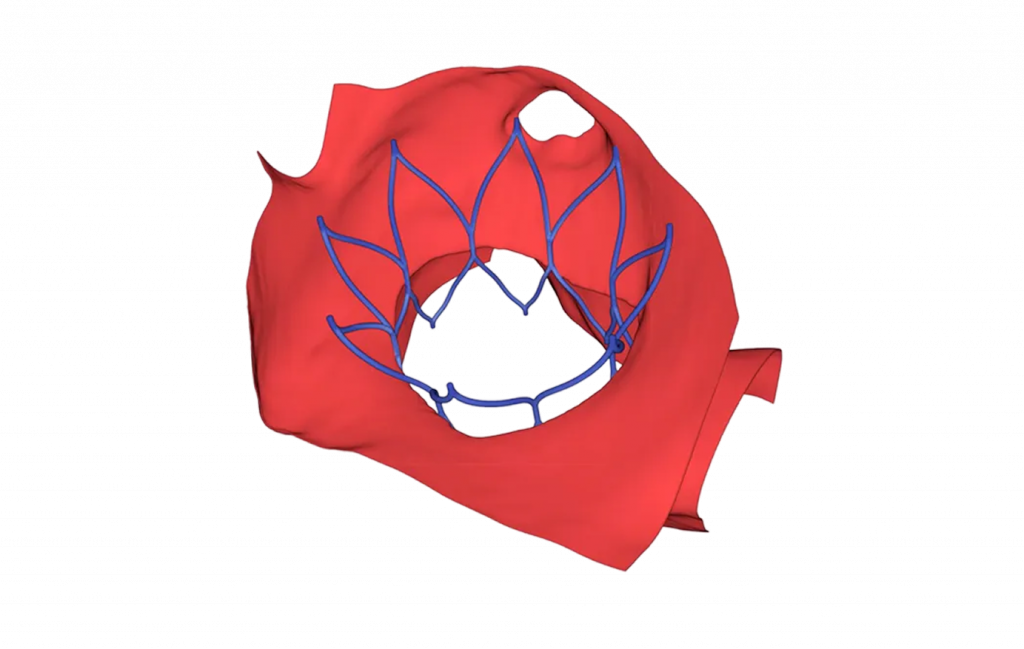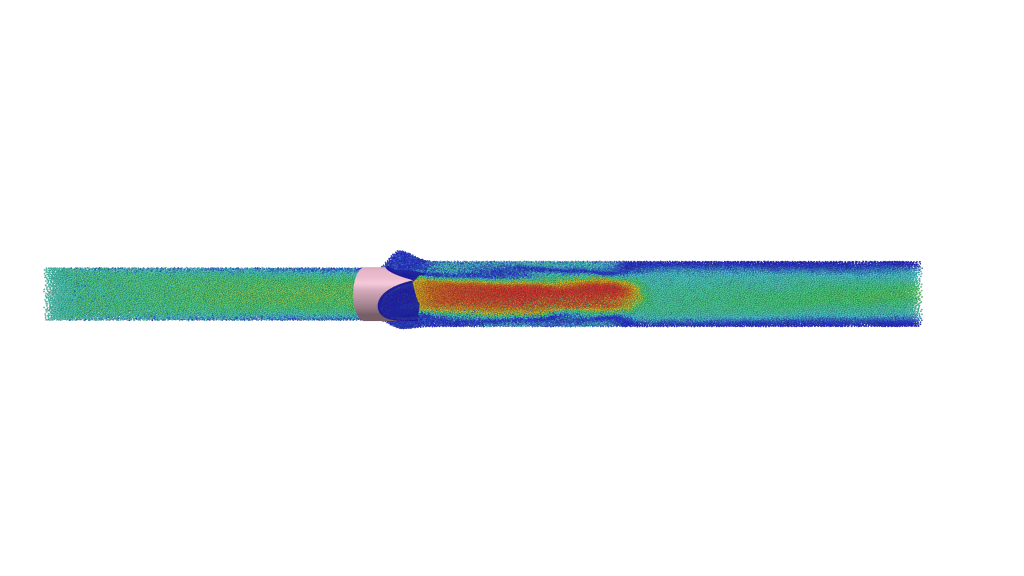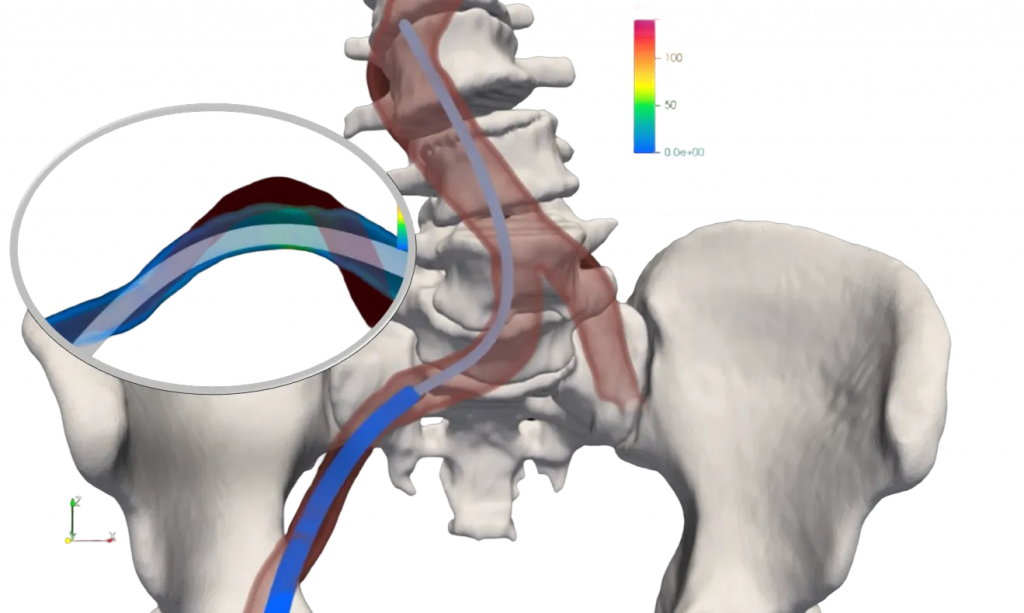Medical Device Simulations that Replace Physical Testing
Run ISO-compliant benchtop tests and patient-specific medical simulations on virtual patients. Generate regulatory-ready evidence, reduce development costs by millions, and bring safer devices to market faster.


Virtonomy provides computational simulations for medical device development — enabling you to test, validate, and optimize your devices in a virtual environment before physical prototyping or clinical trials.
Our simulation platform combines patient-specific anatomical models with advanced physics-based modeling to predict how your device will perform across diverse patient populations and real-world conditions. Whether you need ISO-compliant benchtop testing or patient-specific implant simulations, we generate regulatory-ready evidence that accelerates development and de-risks your path to market.

Virtual Benchtop Testing for Regulatory Compliance
Replace costly and time-consuming physical benchtop tests with validated virtual medical simulations that meet FDA and ISO requirements. Test extreme conditions, edge cases, and failure modes without manufacturing a single prototype.

![]() Fatigue testing
Fatigue testing
Predict fatigue life, stress concentrations, and material failure points under cyclic loading conditions equivalent to 10+ years of use (up to 400 million cycles)

![]() Hemodynamic performance
Hemodynamic performance
Simulate blood flow patterns, pressure gradients, and wall shear stress to optimize device geometry and minimize thrombosis risk

![]() Worst-case scenario analysis
Worst-case scenario analysis
Test your device under extreme anatomical variations, material properties, and loading conditions that would be impractical or impossible to replicate physically
Patient-Specific Implant Simulations
Predict device performance across diverse patient anatomies before clinical trials. Simulate deployment, positioning, and long-term behavior in virtual patients representing your target population—including edge cases that are difficult to recruit.

![]() Deployment simulation
Deployment simulation
Model the complete implantation procedure including device crimping, catheter navigation, and deployment in patient-specific anatomies

![]() Device-tissue-flow interactions
Device-tissue-flow interactions
Simulate strains, stresses, displacement, and other fluid-structure-interactions to predict stability and long-term positioning

![]() Population simulation
Population simulation
Test your device across hundreds of virtual patients with varying anatomies, demographics, and pathologies to predict real-world performance

Simulations Across Your Development Cycle


Early design validation
Test multiple design concept virtually before physical testing

Clinical Trial Planning
Predict patient outcomes and optimize inclusion criteria

Regulatory submissions
Generate validated evidence for FDA, and other regulators

Post-market surveillance
Simulate edge cases and rare anatomies to predict potential issues
Trusted by Leading Medical Device Companies



Understanding patient anatomies and optimizing anatomical fit directly impacts the fate of development projects. Virtonomy’s combined expertise in specific pathologies, device/patient interactions and state of the art therapy options is tremendously valuable for anyone looking to create or optimize cardiovascular technologies.

Dr. Maximilian Kütting
Director R&D New Valve Technology
SPH Methods for Medical Simulations – what is it and why do we use it?
The SPH method (Smoothed Particle Hydrodynamics) is a cutting-edge, meshless simulation technique that models complex physical systems using particles instead of traditional grids.
At Virtonomy, we use the SPH method to accurately simulate how medical devices interact with patient anatomy and physiological conditions. This particle-based approach enables highly realistic modeling of fluids and soft tissues, capturing detailed behaviors that conventional methods often miss.
By eliminating the need for complex meshing, SPH offers greater flexibility, faster setup, and more reliable results — making it ideal for applications such as catheter, stent, and valve simulations.

SPH method: What is it and how is it used for medical simulations?
Smoothed Particle Hydrodynamics (SPH) is a revolutionary method in computational modeling, particulary known for its use in medical simulations. This particle-based approach excels in handling dynamic interfaces and changing geometries, making it a powerful tool for various applications, especially in the healthcare technology.

See our platform
v-Patients in action
Get a demo and see how our customers use v-Patients to speed up their device development and save costs.











